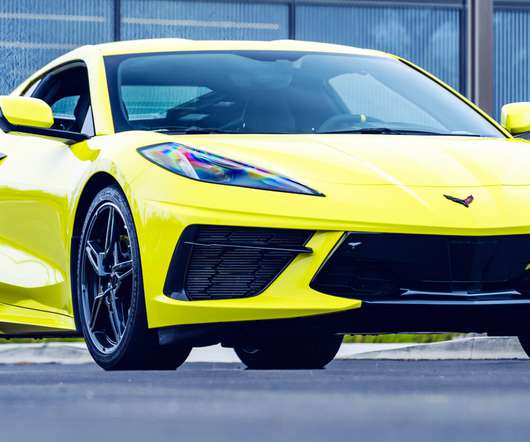Monash team proposes roadmap to renewable ammonia economy; 3 generations of technology
Green Car Congress
MAY 11, 2020
Generation 3 avoids the need for the Haber-Bosch process entirely by direct electrochemical conversion of N 2 to NH 3. The process generates H 2 from natural gas or coal through steam reforming and combines it with N 2 , which has been separated from air by a cryogenic process, to form NH 3. Note the logarithmic ordinate scale.
































Let's personalize your content